Nano bubble technology involves the creation and utilization of bubbles with diameters typically less than 1 micron (1000 nanometers). These minuscule bubbles possess unique properties significantly different from larger bubbles, leading to a wide range of applications.
Key Properties of Nano Bubbles
- Long lifespan: Unlike larger bubbles that quickly rise to the surface, nano bubbles remain suspended in liquids for extended periods, often days or even weeks. This is due to their small size and Brownian motion.
- High dissolved gas concentration: The enormous surface area-to-volume ratio of nano bubbles allows for a significantly higher concentration of dissolved gas (e.g., oxygen) in the liquid compared to traditional aeration methods.
- Enhanced mass transfer: The prolonged suspension and large surface area facilitate efficient mass transfer between the gas within the bubble and the surrounding liquid.
- Unique physical and chemical properties: The high pressure inside nano bubbles and their interactions with the surrounding liquid can lead to unique physical and chemical effects.
Generation Methods
Nano bubbles can be generated using several techniques, including:
- Cavitation: Utilizing high-speed fluid flows to create vacuum pockets that collapse and form nano bubbles.
- Venturi nozzles: Creating a vacuum by constricting fluid flow.
- Ultrasonic transducers: Using high-frequency sound waves to generate nano bubbles.
Applications
Nano bubble technology finds applications in various sectors:
- Agriculture: Enhanced root growth and nutrient uptake in plants.
- Aquaculture: Improved oxygenation and water quality in fish farming.
- Wastewater treatment: Enhanced oxidation and degradation of pollutants.
- Cleaning and disinfection: Removal of dirt and bacteria through enhanced oxidation.
- Cosmetics and personal care: Enhanced delivery of active ingredients in skin care products.
- Medical applications: Targeted drug delivery and improved wound healing.
Environmental Benefits
Nano bubble technology contributes to sustainability by enhancing efficiency and reducing environmental impact in various processes. For example, it reduces the energy required for aeration in wastewater treatment and promotes sustainable agriculture practices.
Further Research
Ongoing research continues to explore the potential applications and optimize the generation of nano bubbles. More research is needed to fully understand the long-term environmental impacts and to develop cost-effective large-scale applications.
For more in-depth information, you can explore resources from academic journals and industry publications. A good starting point would be searching scientific databases like Web of Science or PubMed using keywords like "nanobubble technology" or "nanobubble applications".

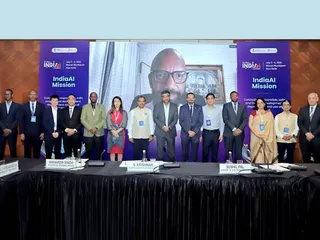
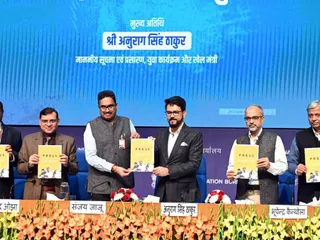





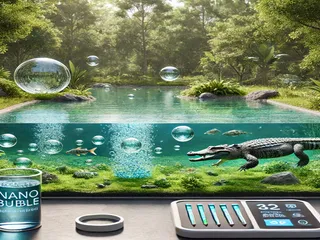







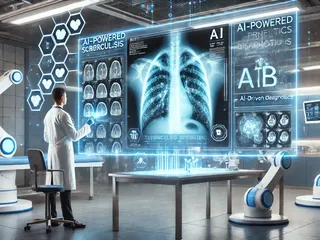





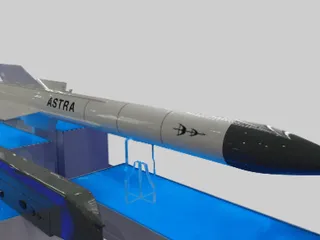












 (24)jpeg-1722421859875.jpeg.webp)





